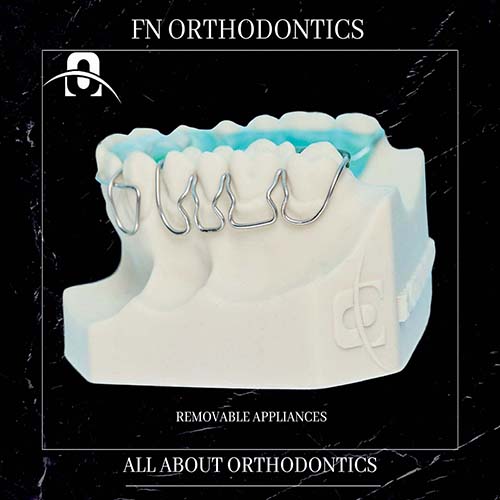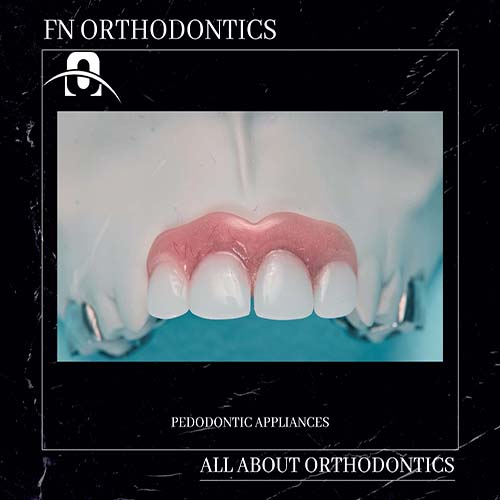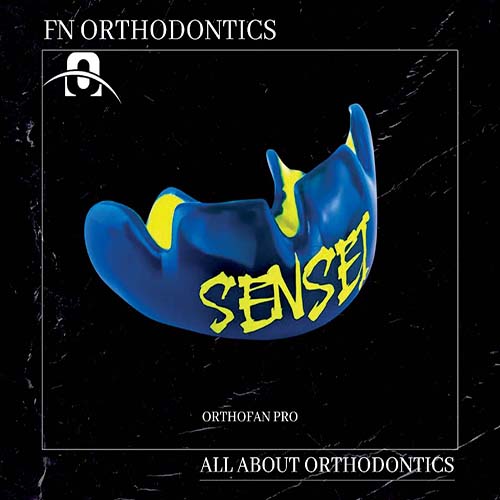
The Splint is an intraoral structure placed on the upper or lower dental bow, with characteristics of the sleek-flat joint surface, cervical limits to the significant perimeter of every tooth, the frontal guide for the dismantling of the back teeth during protrusive movement, canine teeth protection on the working side during lateral movement and functionally constitutes a guide for a more consistent loose muscular jaw relation.
The use of the splint is suitable either for the treatment of TMJ disorders (stabilization or centric relation splint) or checking of (bruxism) parafunction or after the completion of a prosthetic restoration for the need of occlusion checking or protection of the prosthetic work. It can also be used when an increase of the vertical dimension is needed or as a front tooth movement splint (clicking restoration).
The TMJ dysfunction and pathology, in general, seem to constitute a plague of our times, considering that 20-25% of the population has a relevant problem. A traumatic event, stress, a parafunction (bruxism), or reflex pain can be the causes of these problems. After clinical examination and study of the patient's medical background, an exact diagnosis can be made. In most cases, the TMJ splint constitutes the therapeutic means so that the suffering TMJ acquires the characteristics of a normal TMJ.
Bruxism splint
Heavy dental contact exists in persons that exhibit (bruxism) parafunction resulting in grinding of chewing and cutting surfaces. Perfect anterior protection is necessary for these persons so that the parafunction incidents are reduced, and the back teeth are protected from grindings.
Proper anterior protection includes the following elements:
1. The front teeth of the lower jaw have a lighter contact with their antagonists compared to the back teeth when they are in the position of maximum intercuspation.
2. In lateral movement, there must be contact only with the canine of the working side (canine protection)
3. In protrusive movement, there must be contact with the cutting surfaces of the lower incisors. If the four incisors can't be all-in touch, two communications on both sides of the centerline are considered acceptable.
Required records
Face bow record (relation of the upper jaw to the horizontal reference point).
Record of static relations of the lower jaw to the upper jaw (record of maximum intercuspation - a record of centric connection using anterior deprogrammer).
Records of dynamic relations of the lower jaw to the upper (intraoral & bite registrations) - (protrusive movement - left-right lateral movement { placement of registration material only on the working side}).
Record transfer and adjustment of articulators
Articulators (mechanical devices representing the TMJs and jaws and on whom the upper and lower jaw molds can be attached).
Classification of articulators (according to the alterable Adjustments that each system accepts and according to the placement of the condylar elements).
Classification of articulators according to the variables: Hinge - Fixed value - Semi-adjustable - Fully adjustable.
According to the placement of the condylar elements, there are ARCON, NON-ARCON (ARCONs have the aspects of the condylar path "glenoid fossa" in the upper part and the condylar elements in the lower part).















